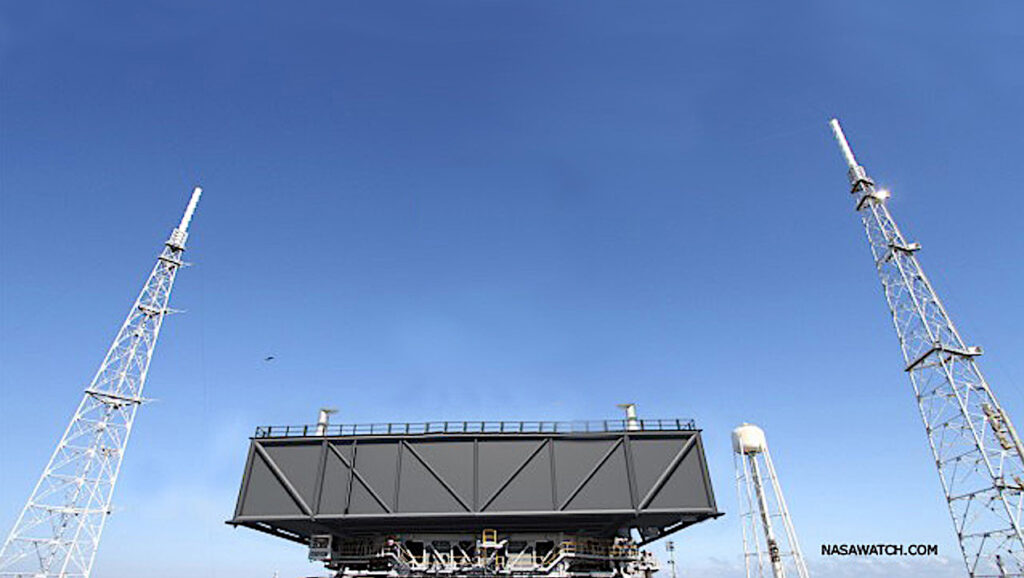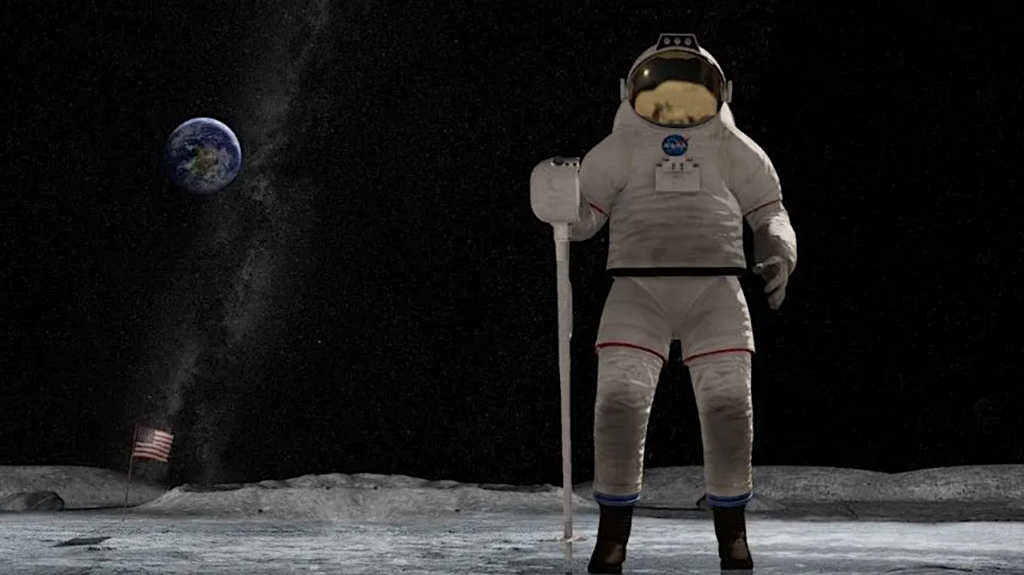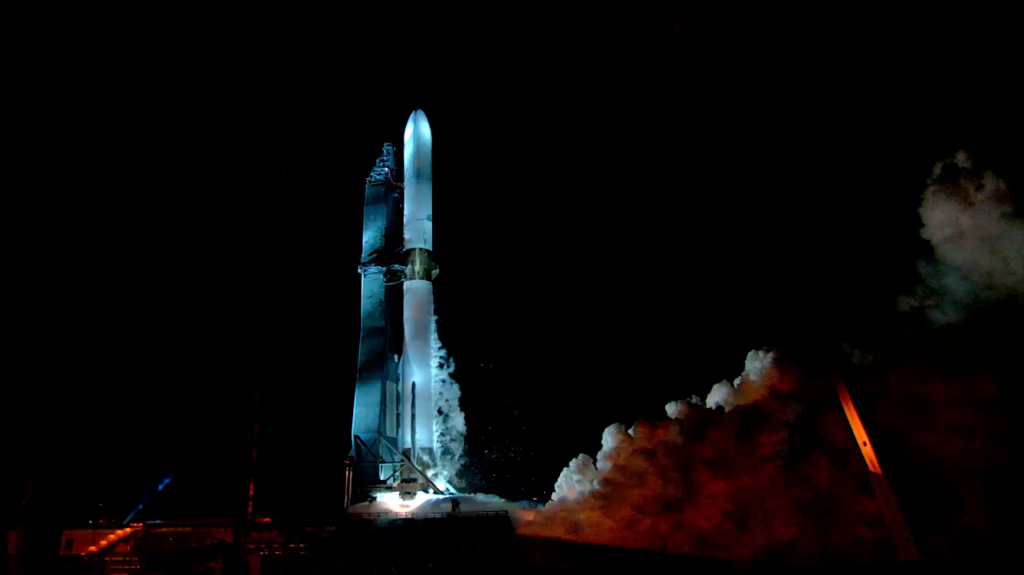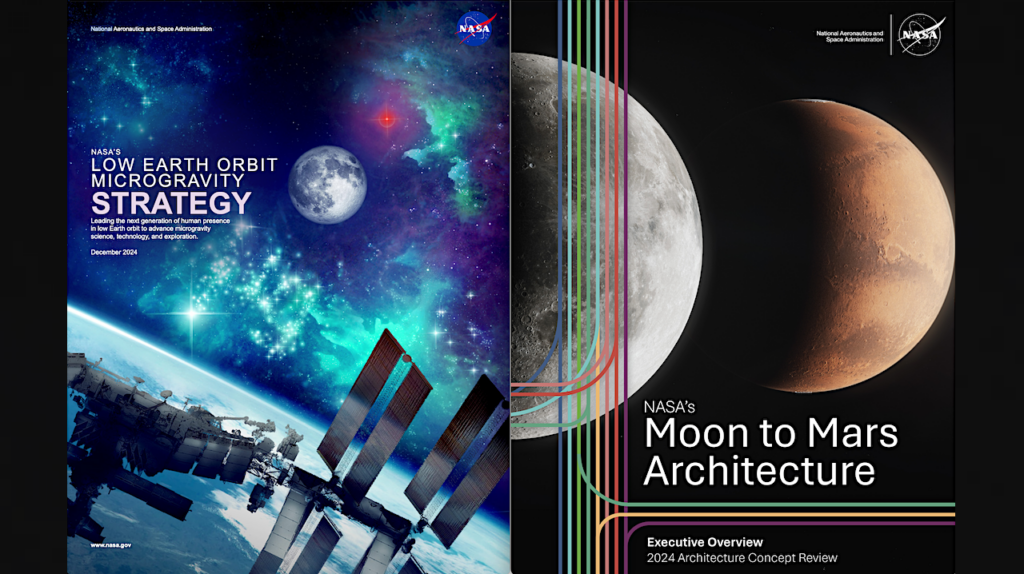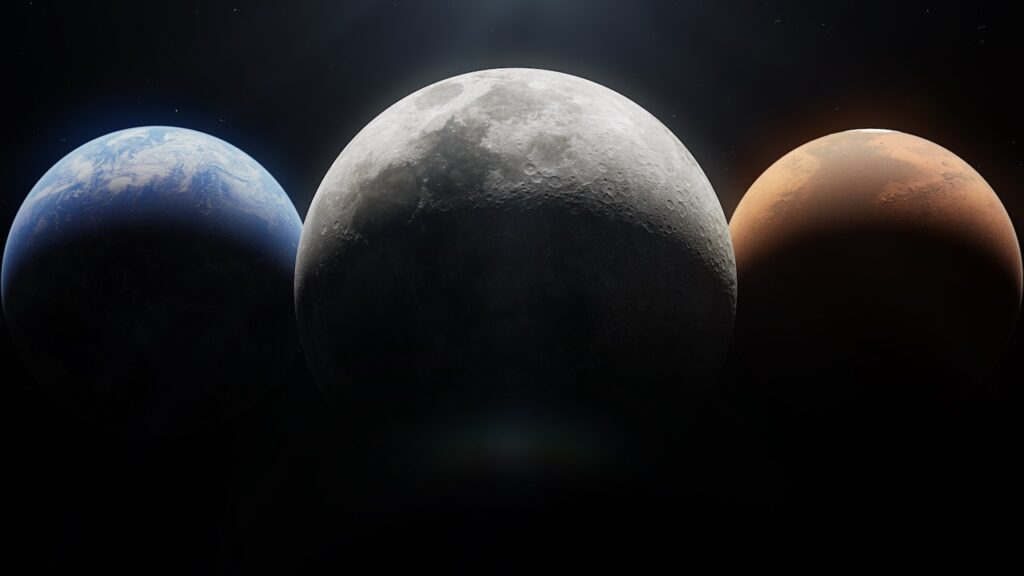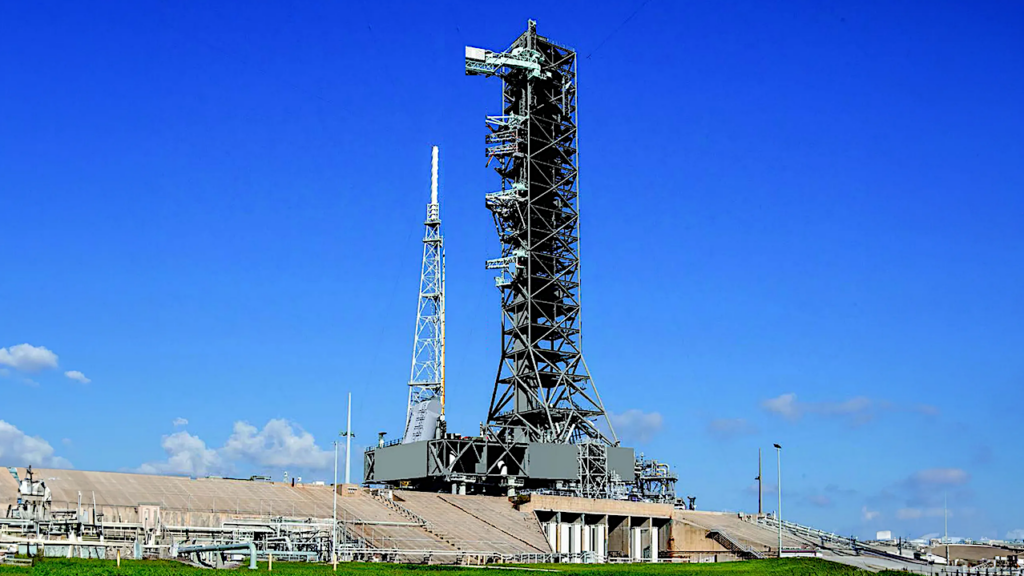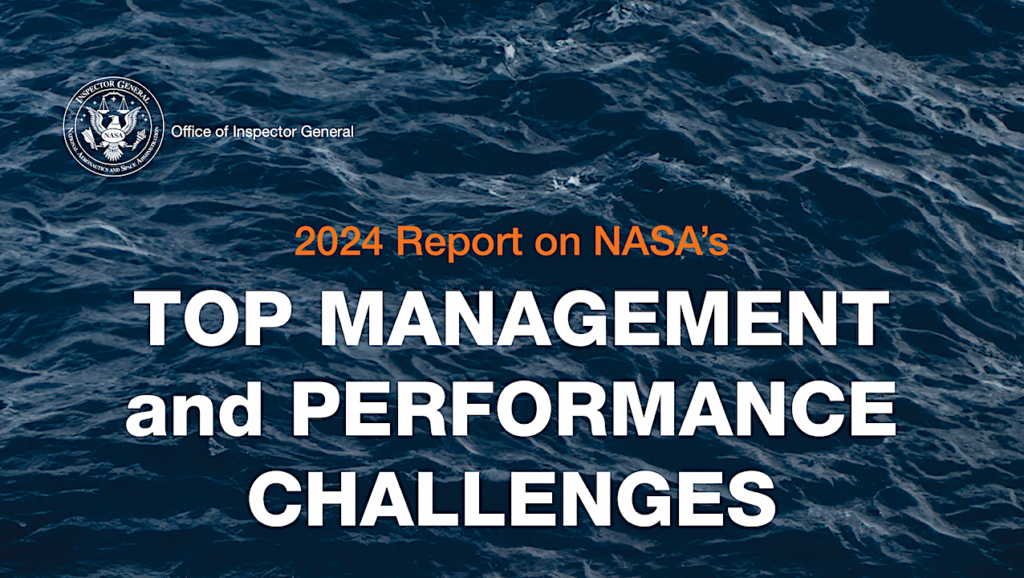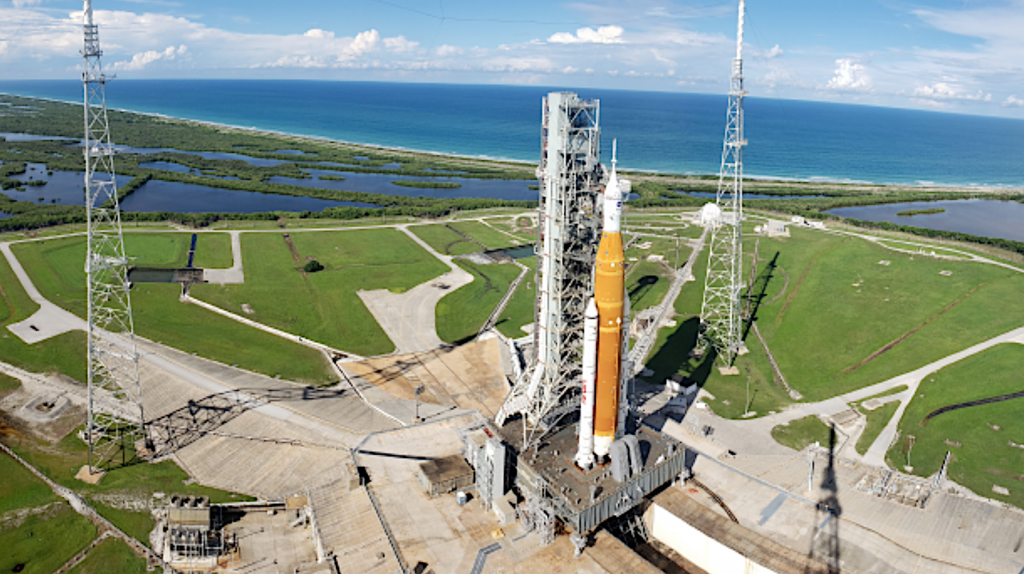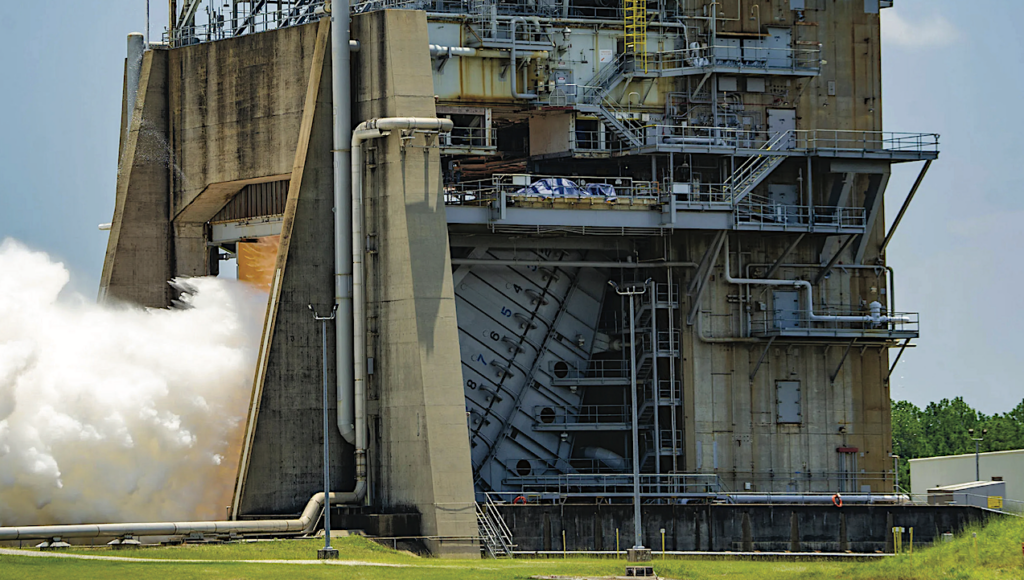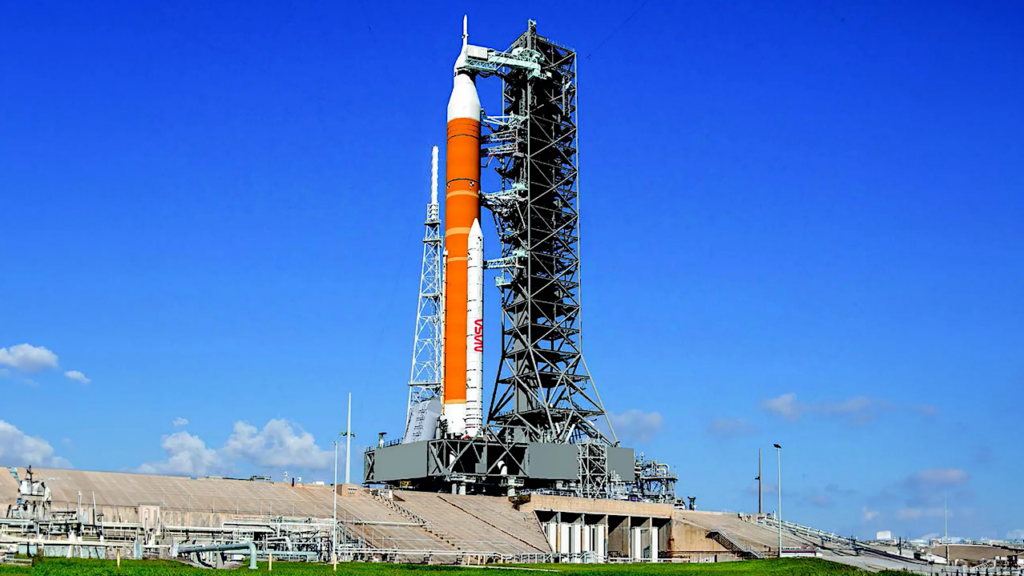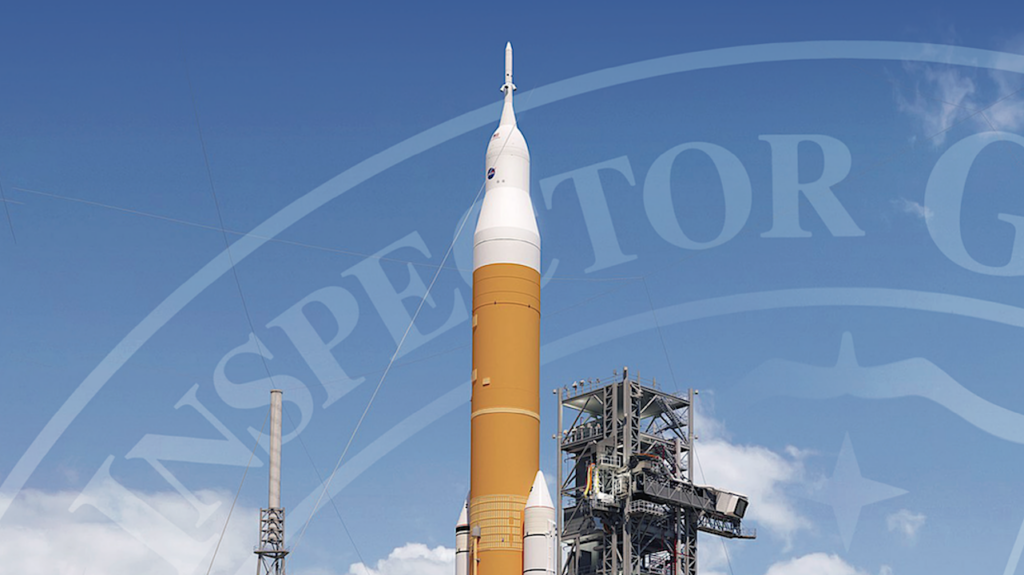Keith’s 23 March update: within a few hours after this was posted (over a weekend) A NASA YouTube video and an official NASA photo of two female astronauts were pulled offline. Both things had been online for several years. This is not the first time this has happened. Apparently NASA DEI Sanitation Squad is using my postings to help them delete things. Details below. Keith’s 22 March note: in 2021 NASA issued the first of two interactive comic books/graphic novels (“First Woman: Dream to Reality”) depicting young women dreaming of – and then training for – a future that would comprise the so-called “Artemis Generation.” NASA issued a second novel (“First Woman: Expanding Our Universe”) in November 2023. Yet, as of March 2025 NASA has moved all evidence of these two publications from their various internet platforms as part of the ongoing Federal Government purge of anything related to diversity or women etc. (see “NASA’s Ever-Changing Artemis Crew Tagline‘). But these two publications are not totally gone. I found them – rather easily. Here they are:
(more…)Keith’s note: Sadly the Intuitive Machines IM-2 Athena lander is on its side on the lunar surface some 250 meters from its planned landing site. Its batteries are drained and the mission is more or less at an end. Sit illa in pace. Ad lunam cum scientia.
(more…)Keith’s note: According to Ars Technica: “On Friday, with less than an hour’s notice, David Dutcher, Boeing’s vice president and program manager for the SLS rocket, scheduled an all-hands meeting for the approximately 800 employees working on the program. The apparently scripted meeting lasted just six minutes, and Dutcher didn’t take questions.” Oh yes: Eric Berger just update this story with a tweet saying “NASA HQ was caught completely unaware on Friday afternoon when the first stories started to appear. Boeing apparently did this to pressure lawmakers to ‘save’ SLS before the White House takes action.”
(more…)Keith’s note: According to this NASA Artemis page: “NASA will land the first woman, first person of color, and first international partner astronaut on the Moon using innovative technologies to explore more of the lunar surface than ever before.” The “first person of color“ phrase was added during the Biden Administration but the “first woman” line emerged during the Trump 1.0 Administration. Let’s see how the Diversity purge affects this popular opening line for NASA Artemis postings. As for the “first international partner” line …
(more…)Keith’s note: According to this email notice sent out today: “Amendment: Updates to Human Exploration Research Opportunities Notice of Funding Opportunity (2025 HERO NOFO): Please be advised that the following update has been made to the ” 2025 Human Exploration Research Opportunities (HERO) NOFO” document. A list of the updates can be found at https://tinyurl.com/HERO25NOFO. This amendment removes the inclusion plan pilot program from the 2025 HERO NOFO and is reflected in all sections across the document. Specific details can be found in the amendment document at the link above. This email is being sent on behalf of HRP and is intended as an information announcement to the research community related to the NASA Space Operations Mission Directorate (SOMD). Thank you for your continued interest in NASA. Please refer to the solicitation document for contact information.”
(more…)Keith’s note: According to NASA “Carrying science and tech on Firefly Aerospace’s first CLPS or Commercial Lunar Payload Services flight for NASA, Blue Ghost Mission 1 launched at 1:11 a.m. EST aboard a SpaceX Falcon 9 rocket from Launch Complex 39A at the agency’s Kennedy Space Center in Florida. The company is targeting a lunar landing on Sunday, March 2.”
(more…)Keith’s note: According to a Blue origin posting: “New Glenn successfully completed an integrated launch vehicle hotfire test today, the final major milestone on our road to first flight. NG-1 will carry a Blue Ring Pathfinder as its first manifested payload and will launch from Launch Complex 36 in Cape Canaveral, FL.” Social media postings (as yet unconfirmed) cite a 6 January 2025 launch date target (again, unconfirmed). Soon NASA’s SLS will have two immense rockets that can out-compete it in terms of cost, performance, flight rate, and ability to be adapted and revised. And these rockets were built from scratch using 21st century experience and concepts – not a congressionally-mandated shotgun marriage of 1970s, 1980s, and early 2000’s ideas and rocket parts. Stay tuned.
(more…)Keith’s note: In case you did not already notice, the 9th floor at NASA HQ issued these two reports on human spaceflight strategy in less than a week – and yet neither one mentions the other – even thought they overlap and cross-enable. Right? Nor does NASA make any effort to link them together. Why bother. Gotta take all that use-or-lose vacation time.
(more…)Keith’s note: According to yet another year-end report issued a few days before the Biden folks on the 9th floor at NASA HQ packs up their offices: “NASA Finalizes Strategy for Sustaining Human Presence in Low Earth Orbit“ which says: “The final framework includes 13 goals and 44 objectives across seven key areas: commercial low Earth orbit infrastructure, operations, science, research and technology development for exploration, international cooperation, workforce development and science, technology, engineering, and mathematics (STEM) engagement, and public engagement.” etc. etc. This “strategy” (it is not a strategy BTW) simply does what every single report like this before has done: it changes dates to reflect cost overruns/program delays since the last report; re-words the same goals and objectives etc. that the last report contained; and simply reflects an endorsement of the status quo. No imagination, no new ideas, just the same old, same old. Yawn.
(more…)Keith’s note: According to NASA PAO: “As NASA develops a blueprint for space exploration throughout the solar system for the benefit of humanity, the agency released several new documents Friday updating its Moon to Mars architecture. The roadmap sets NASA on course for long-term lunar exploration under the Artemis campaign in preparation for future crewed missions to Mars. Following an Architecture Concept Review, the 2024 updates include a revision of NASA’s Architecture Definition Document which details technical approaches and processes of the agency’s exploration plans, an executive overview, and 12 new white papers on key Moon to Mars topics.” More
(more…)Keith’s note: I was just on CNN talking about the new Artemis program delays, SpaceX, and the stark contrast between NASA programs which cost too much and are constantly delayed – and private sector efforts such as SpaceX and Blue Origin where they make rocket science seem easy and see all of this rocketry as an enabling consumer product. And yes, that is an Enterprise NX-01 crew cap in the background, Mike Gold. [Audio]
(more…)Keith’s note: There is an Artemis media thing at NASA today at 1:00 pm EST. Tune in here. During the tenure of Bill Nelson at NASA the Artemis program’s schedule has slipped by several years, costs have continued to balloon out of control, and both OIG/GAO continue to point out chronically unresolved managerial and contractual issues with the whole Artemis/SLS/Orion/Gateway thing. It will be interesting to see what spin Nelson puts on this whole mess today in his exit presser – and how often he will say #SpaceIsHard.
(more…)2024 Report on NASA’s Top Management and Performance Challenges Full report. Excerpts:
- NASA has requested additional funding for Artemis systems through FY 2029, with the Artemis V mission delayed until 2030. At the same time, the lack of a comprehensive cost estimate for the Artemis campaign means that Congress and other stakeholders lack the level of transparency and insight needed about the long-term cost, feasibility, and sustainability of the effort.
- NASA expects to continue operations and maintenance of the Station through 2030. However, as the Agency delays the retirement of the ISS farther into the future, a variety of long-standing challenges will continue to intensify. These include maintaining and upgrading the Station, managing cargo and crew transportation constraints, and solidifying a transition and controlled deorbit plan.
- We also continue to identify funding instability as an impediment to NASA’s project management success. Unstable or uncertain funding, whether in terms of the total amount of funds dedicated to a project or the timing of when those funds are disbursed to the project, can result in inefficient management practices that contribute to poor cost, schedule, and performance outcomes. Protecting Ocean Worlds: Europa Clipper Planetary Protection Inputs To A Probabilistic Risk-based Approach
- Though the volume of interest in private astronaut missions has exceeded NASA’s expectations, significant demand for commercial activity in other sectors—such as in-space manufacturing and marketing products for sale on Earth—has yet to materialize. It is too early to determine the extent to which private astronaut missions will help facilitate a commercial market in LEO.
- At the end of 2023, approximately 64 percent of NASA employees worked in science and engineering occupations, yet the Agency remains at risk from a shortage of such staff due to increased competition for talent from the growing commercial space industry. NASA’s STEM engagement efforts have faced significant challenges over the past two decades including shifting administration priorities and declining budgets.
- much of NASA’s current infrastructure dates to the Apollo-era of space exploration and is in marginal to poor condition. As of July 2024, more than 83 percent of NASA’s facilities are beyond their original design life.
- Another area that we identified is NASA’s management of its cost-plus contracts for development efforts such as the SLS, Orion, and ML-2. These programs have experienced years of delays and billions of dollars in cost increases, due in part to payment of overly generous award fees that we have found to be inconsistent with contractor performance. Award- fee contracts are designed to incentivize contractors and reward strong performance, and these fees are in addition to the amounts paid to reimburse them for actual costs incurred.
Keith’s note: this editorial by Mike Bloomberg “NASA’s $100 Billion Moon Mission Is Going Nowhere“ certainly does not mince words. “A celestial irony is that none of this is necessary. A reusable SpaceX Starship will very likely be able to carry cargo and robots directly to the moon – no SLS, Orion, Gateway, Block 1B or ML-2 required – at a small fraction of the cost. Its successful landing of the Starship booster was a breakthrough that demonstrated how far beyond NASA it is moving.Meanwhile, NASA is canceling or postponing promising scientific programs – including the Veritas mission to Venus; the Viper lunar rover; and the NEO Surveyor telescope, intended to scan the solar system for hazardous asteroids – as Artemis consumes ever more of its budget. Taxpayers and Congress should be asking: What on Earth are we doing? And the next president should be held accountable for answers.”
(more…)“The program has made progress, but the Artemis schedule poses challenges. Artemis II and III launches (planned for September 2025 and 2026, respectively): EGS is making progress refurbishing the Mobile Launcher 1 – the structure used to transport and launch key systems – and modifying elements to support crew during these missions. New capabilities are taking longer than planned, and the program has only limited time to address potential issues. Artemis IV launch (planned for September 2028): EGS has made some progress toward this mission, such as modifying facilities to accommodate processing and launching the larger Space Launch System (SLS) Block 1B launch vehicle. However, much work remains, some of which cannot start until after the Artemis III launch.” Full report NASA Artemis Missions: Exploration Ground Systems Program Could Strengthen Schedule Decisions
(more…)Keith’s note: according to the NASA OIG: “Much of NASA’s RPT infrastructure is aging and requires significant funding to maintain. Meanwhile, the landscape for RPT is changing. Increased commercialization in the space industry has lessened demand for NASA’s large-scale RPT facilities. NASA is also transferring some responsibility for payload delivery to commercial partners, such as in the Commercial Lunar Payload Services initiative. These trends lead to NASA’s RPT stands sitting unused more often. From fiscal year (FY) 2022 to 2026, the percentage of NASA test stand capabilities in active use is projected to decrease from 47 percent to 26 percent. Of the 10 test stands projected for use in FY 2025, five are being leased to commercial entities. Five of the Program’s test stands are in mothball or demolition status, and Stennis’s A-2 and A-3 test stands sat idle for nearly a decade before being leased to external customers. In addition to decreased demand, the RPT Program is facing a flat budget, with enough funding to maintain core staff and facilities, but insufficient funding to address major maintenance projects.” Full report: NASA’s Rocket Propulsion Test Program
(more…)Keith’s Note: When Senator Administrator Bill Nelson walked in the door at NASA they thought Mobile Launcher 2 would cost $500 million. NASA OIG now says that it will have cost $2.7 billion by the time Bechtel delivers it. Add in delays and cost overruns in the overall Artemis project and the ever slowing launch cadence between missions and you have to wonder why NASA is building something that it simply does not need and probably never did. And when OIG suggests that NASA convert this to a fixed cost contract to nail down the final costs NASA says “no”. Bill Nelson gets mad about China beating the U.S. (back) to the Moon when NASA is doing a great job of allowing that to happen. According to OIG: “NASA projects the ML-2 will cost over three times more than planned. In 2019, NASA estimated the entire ML-2 project from design through construction would cost under $500 million with construction completed and the ML-2 delivered to NASA by March 2023. In December 2023, NASA estimated the ML-2 project would cost $1.5 billion, including $1.3 billion for the Bechtel contract and $168 million for other project costs, with delivery of the launcher to NASA in November 2026. In June 2024, NASA established the Agency Baseline Commitment (ABC)—the cost and schedule baseline committed to Congress against which a project is measured—for a ML-2 project cost of $1.8 billion and a delivery date of September 2027. Even with the establishment of the ABC, NASA intends to keep Bechtel accountable to the cost and schedule agreed to in December 2023. Despite the Agency’s increased cost projections, our analysis indicates costs could be even higher due in part to the significant amount of construction work that remains. Specifically, our projections indicate the total cost could reach $2.7 billion by the time Bechtel delivers the ML-2 to NASA. With the time NASA requires after delivery to prepare the launcher, we project the ML-2 will not be ready to support a launch until spring 2029, surpassing the planned September2028 Artemis IV launch date. NASA officials disagree with our analysis and expect cost growth to lessen over time now that Bechtel has started construction of the launcher. The Agency believes this is an area of expertise for the contractor. While progress has been made with the beginning of construction of the ML-2, it is still too early to determine the impact on the contract’s continued cost growth and whether Bechtel can achieve and sustain an improved level of performance throughout the construction phase.” Full report: NASA’s Management of the Mobile Launcher 2 Project
(more…)NASA’s Management of Space Launch System Block 1B Development, NASA OIG: “Quality control issues at Michoud are largely due to the lack of a sufficient number of trained and experienced aerospace workers at Boeing. To mitigate these challenges, Boeing provides training and work orders to its employees. Considering the significant quality control deficiencies at Michoud, we found these efforts to be inadequate. For example, during our visit to Michoud in April 2023, we observed a liquid oxygen fuel tank dome – a critical component of the SLS Core Stage 3 – segregated and pending disposition on whether and how it can safely be used going forward due to welds that did not meet NASA specifications. According to NASA officials, the welding issues arose due to Boeing’s inexperienced technicians and inadequate work order planning and supervision. The lack of a trained and qualified workforce increases the risk that Boeing will continue to manufacture parts and components that do not adhere to NASA requirements and industry standards. We project SLS Block 1B costs will reach approximately $5.7 billion before the system is scheduled to launch in 2028. This is $700 million more than NASA’s 2023 Agency Baseline Commitment, which established a cost and schedule baseline at nearly $5 billion. EUS development accounts for more than half of this cost, which we estimate will increase from an initial cost of $962 million in 2017 to nearly $2.8 billion through 2028. Boeing’s delivery of the EUS to NASA has also been delayed from February 2021 to April 2027, and when combined with other factors, suggests the September 2028 Artemis IV launch date could be delayed as well. Factors contributing to these cost increases and schedule delays include redirection of EUS funds to the core stage during Artemis I production, changing Artemis mission assignments, maintaining an extended workforce 7 years more than planned, manufacturing issues, and supply chain challenges.”
(more…)



